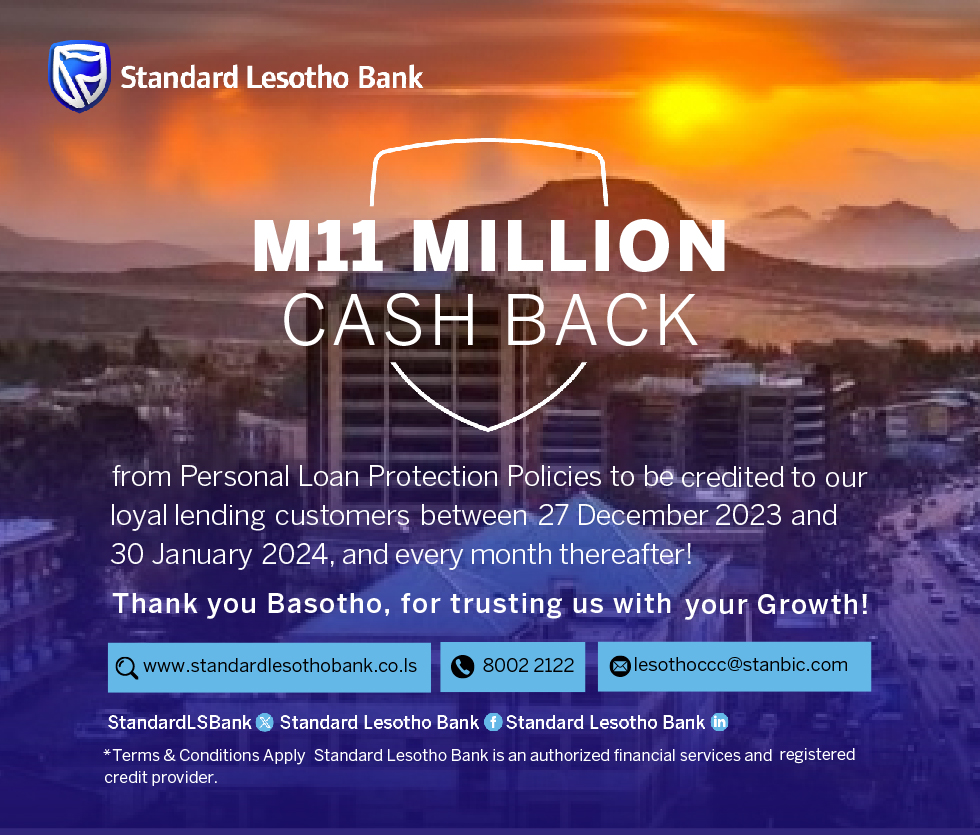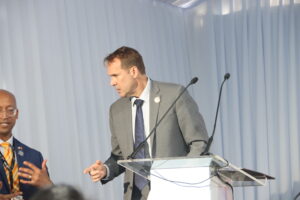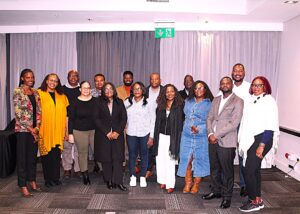Sharon Kavhu
In a world where the youths represent both the future and the present, the challenges they face in securing stable employment and accessing opportunities cannot be ignored, sub-Saharan infrastructure development expert, Dr Tinashe Manzungu has said.
The Zimbabwe Building Construction Association (ZBCA) president and chair of the COMESA Finance Committee Dr Manzungu, said this in an interview where he spoke candidly about the economic and social struggles that many young people in Zimbabwe and Southern Africa are facing.
Dr Manzungu said, “One of the most significant challenges today is the high rate of youth unemployment”.

“Far too many young people struggle to find stable and meaningful work. This problem is compounded by the pervasive issue of underemployment, where young individuals find themselves in jobs that neither match their skills nor offer sufficient income. It’s the stark reality that affects thousands of young people across Zimbabwe, and the broader Southern African Development Community (SADC).”
Many youths find themselves locked out of opportunities to start businesses or engage in productive economic activities because they lack access to means of production—such as land, capital, and credit.
“This severely limits their ability to create wealth and contribute to the economy in a meaningful way,” Dr Manzungu said.
“Without the necessary financial resources and knowledge, young people are often left with limited options and are forced into the informal economy, where jobs are unstable and lack long-term growth potential.
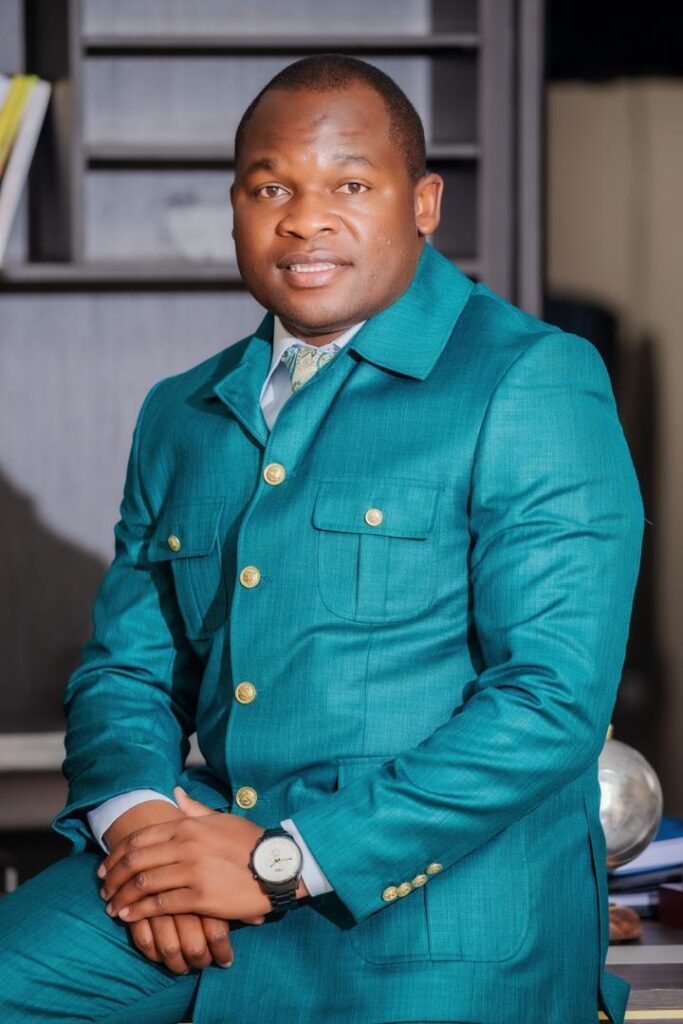
“The informal sector, while offering some income, doesn’t provide the necessary social protections or formal employment benefits, making it an unsustainable choice for many. The result is a vicious cycle. This lack of stability can lead to social and economic hardships, which have, in turn, contributed to increased crime, delinquency, and substance abuse among young people.”
Dr Manzungu thinks the situation is urgent, but there is hope on the horizon—especially through regional collaboration and strategic investment. Zimbabwe is increasingly championing initiatives aimed at boosting intra-SADC trade and driving infrastructure development across the region. Dr Manzungu pointed to the recent regional construction summit hosted by the ZBCA, where leaders from across SADC gathered to discuss ways to address the massive infrastructure gap in the region.
“The realisation was clear (that) the infrastructure gap is huge, and we need to work together to close it. Infrastructure development is a key enabler of economic growth,” he noted.
A vision for 2050: The SADC Industrialisation Strategy
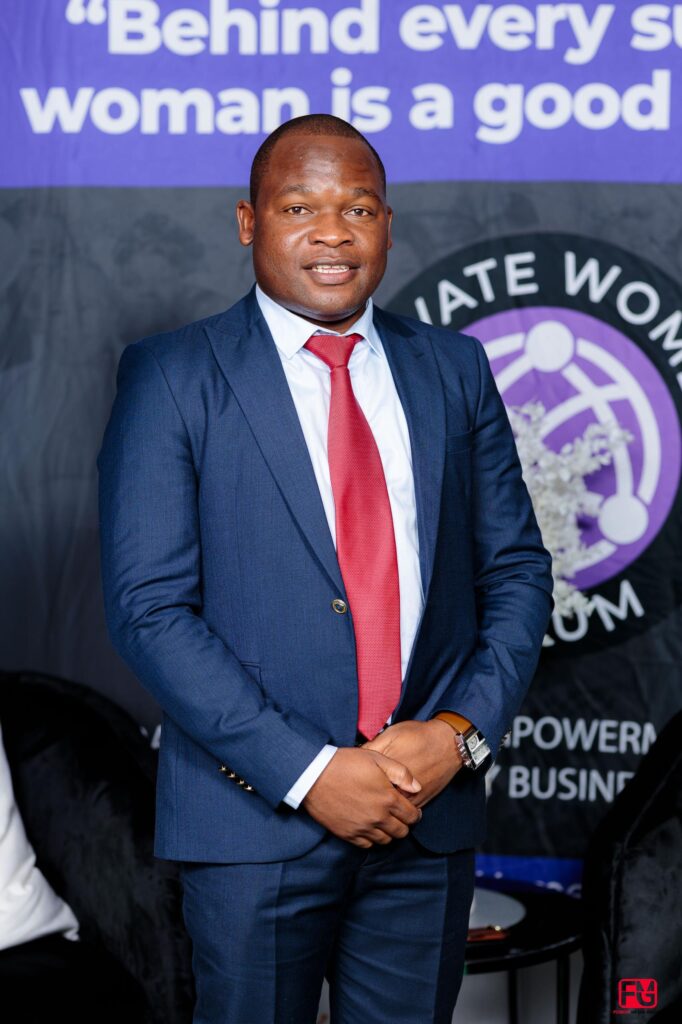
Dr Manzungu emphasised the importance of focusing on the SADC Industrialisation Strategy and Roadmap (2015-2063), a blueprint for the region’s long-term development. The roadmap places emphasis on value addition and regional value chains, sectors that Dr Manzungu believes will drive sustainable growth in the coming decades.
“To make progress, we need a multifaceted approach that addresses economic, social, and political dimensions. Key to this vision is education and skills development. We must shift towards curricula that focus on Science, Technology, and Critical Thinking,” he urged.
As the world rapidly evolves, Dr Manzungu emphasised that these skills were essential to ensure that young people were equipped to meet the demands of a fast-changing economy. Additionally, bridging the digital divide and ensuring universal access to the internet and digital devices would open up vast new opportunities for learning and economic participation.
Entrepreneurship and Innovation: Pathways to Empowerment
Dr Manzungu highlighted the critical role of entrepreneurship in solving the youths unemployment crisis. “We need to create enabling entrepreneurial ecosystems that provide young people with the resources, mentorship, and opportunities to start their own businesses,” he said.
Renewable energy, sustainable agriculture, and the digital economy are all sectors with high growth potential, and investment in these areas will help young people engage with the future of the economy.
Creating platforms for youths to participate in policy formulation and implementation is another cornerstone of his roadmap. “It’s crucial that we allow young people to have a say in decisions that will affect their lives. This means creating spaces where they can engage meaningfully in policy development and hold decision-makers accountable,” he explained.
Moving beyond top-down approaches
Perhaps one of the most important aspects of Dr Manzungu’s vision is a call to move away from top-down approaches to development. “The gap between policy development and effective implementation is one of the region’s biggest challenges,” he said. “We need to shift from top-down methods and embrace community-led development.”
This means decentralising decision-making and ensuring that resource allocation is done with input from the communities who will be most affected. “When youths are given the power to influence decisions about their futures, they feel empowered and invested in the outcomes,” Dr Manzungu added. It’s a vision of local ownership and leadership—one where the future is shaped by those who will live it, not just by distant policymakers.
More from Africa News 24
Manzungu appointed COMESA Business Council committee chair
Addressing systemic inequalities
Central to the roadmap is also the need to address systemic inequalities and discrimination that have historically marginalised certain groups.
“Youths, especially from disadvantaged backgrounds, often face barriers that prevent them from accessing the benefits that should be available to all.”
He said tackling the systemic barriers and ensuring equal access to resources and opportunities was key to achieving sustainable, inclusive development.
A bright future: Working together for the youths of Africa
Dr Manzungu is hopeful. “The challenges we face are significant, but they are not insurmountable. By focusing on education, entrepreneurship, regional collaboration, and empowering youths to participate in decision-making, we can create a future where young people are the driving force behind Africa’s economic prosperity.”
His vision for 2050 is one where young people across Zimbabwe and the broader SADC region are not only contributors to the economy but leaders in technology, sustainability, and innovation. The road ahead may be long, but with the right policies and collective effort, the youths can and will be the architects of a new, brighter future.





